What Do You Do When Good Veneer Goes Bad?

Enjoyed the project?
Comments
Join the conversation
-
-
 Wendell Cochran
on Mar 06, 2018
Wendell Cochran
on Mar 06, 2018
The Italians have made an art out of faux antiquing these kinds of decorative pieces for a hundred years or more. Their secret making a stabilized surface is gesso -- ground up marble dust in a paint-like liquid paste. Its the same stuff artists use to prepare raw linen canvas as a substrate for oil paintings. They paint several coats on raw wood, let it dry and then sand the entire surface smooth. They apply a coat of sealer, often shellac, and then several coats of finish color before they begin to distress the surface, add raised faux wood carving trim and apply false scratches, worm holes and layers of fake grime. They can get very fancy in their creations of "new" very old well preserved family-owned antiques. Try applying gesso to areas where veneer is missing on an old piece of furniture. Over fill the area and then sand it down smooth to the surrounding surface. Paint the patch to match the existing surface color and then add a clear sealer.
- See 1 previous
-
 The Paint Factory LLC
on Mar 06, 2018
The Paint Factory LLC
on Mar 06, 2018
Wonderful advise, Wendell. Would you recommend store bought gesso, or home made?
-
 Wendell Cochran
on Mar 06, 2018
Wendell Cochran
on Mar 06, 2018
Store bought, commercially made. Gesso can be purchased at most any art supply store in different amounts up to five or ten pound cans. It can be thinned with just plain water. Once dry, gesso is practically indestructible, water proof and stable against cracking or shrinking.
-

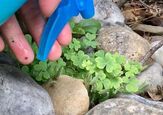


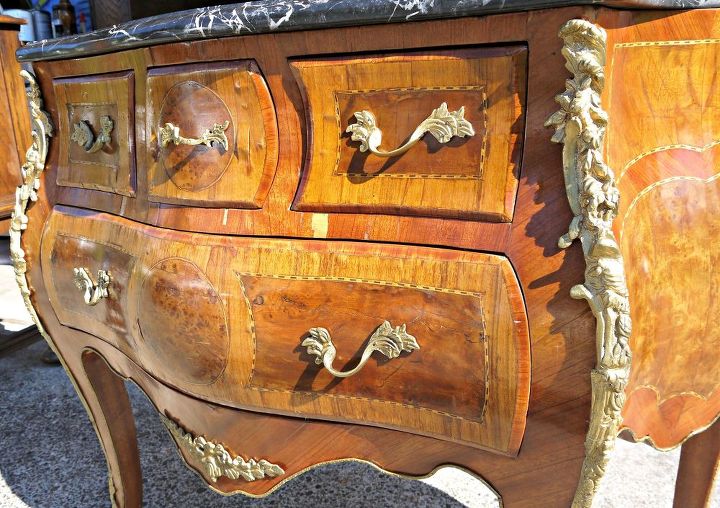











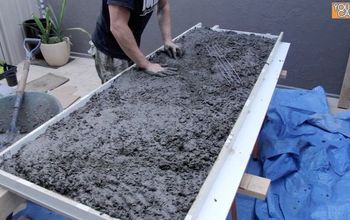



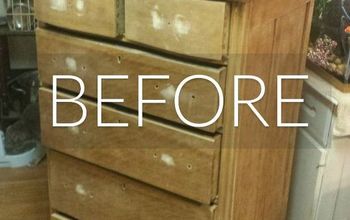
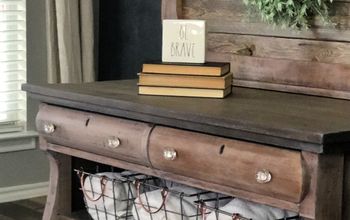

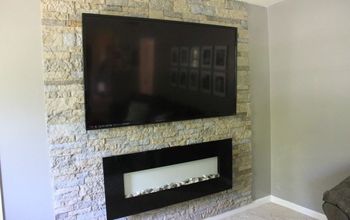
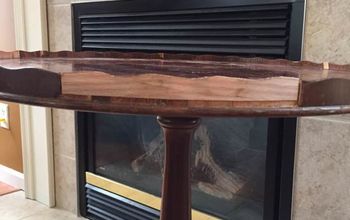
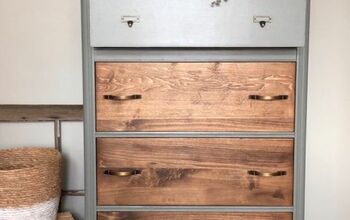
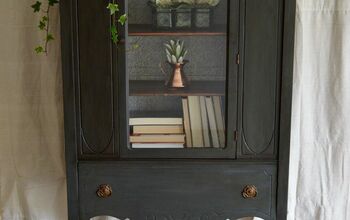
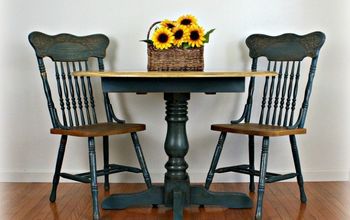
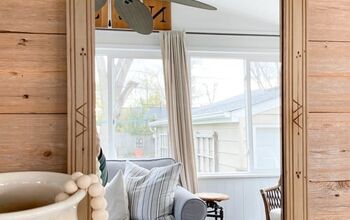
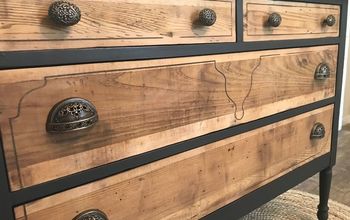
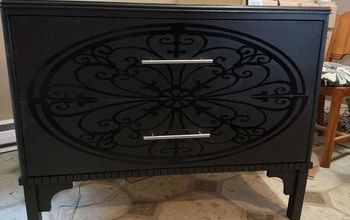
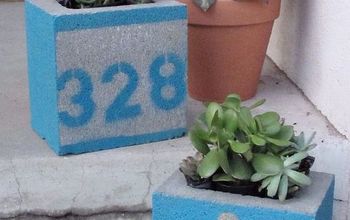
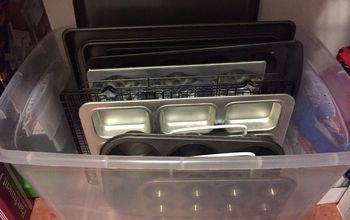
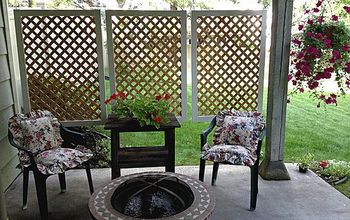
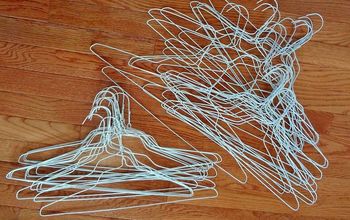


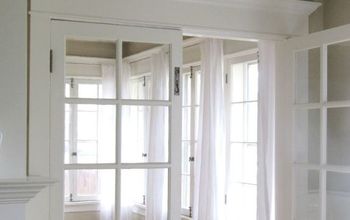
Frequently asked questions
Have a question about this project?